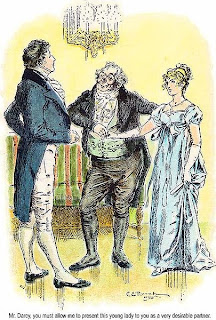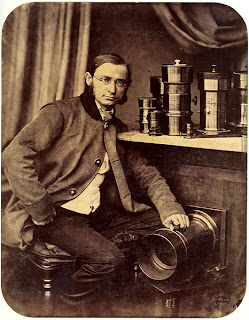
At a time when comic book culture has never been more mainstream -- or more lucrative -- where’s the line between wannabe and true believer? Maisonneuve tries to answer that question.
From the story...
One thing is obvious: Fan Expo is booming. This is what Wall Street would look like if the world’s financial nexus were run by chubby men in Iron Maiden tees. And like Wall Street, Fan Expo is notorious for its cutthroat ways. Christopher Bird of Torontoist blasted Expo parent company Hobbystar’s habit of scheduling “parasitic” Fan Appreciation Days right before Toronto’s other major conventions in order “to hurt their competitor’s attendance and thus profit margin.”
Roaming the Expo, I begin narrating the whole thing in my head like the voice-over in a Werner Herzog documentary about obsessive, half-mad visionaries: Zese strangers have ambled here dressed up as ze costumed scions of a disposable culture. Yet beyond ze fanaticism, zere is a secret beauty. A delicate madness which zese foolish dreamers dare give full expression to…and so on.
But that kind of condescending bombast is unfair. There’s nothing disposable about this culture—Superman and Captain America will endure long after Werner Herzog is just another name on some “Intro to Film Studies” syllabus. There is no delicate madness and no secret beauty either. There are just snaking lines of people (mostly under thirty, mostly men) in the plaid-shirt-and-faded-jean uniform of the contemporary twentysomething everyman. It’s this attendee I’m most interested in: the schlub unconcerned with costumes, but deadly serious about comics.
IT'S HARD TO PINPOINT the precise moment of geekery’s mainstream emergence, but I’d suggest it was 1984, when the stars of the comedy Revenge of the Nerds stole the frat boys’ girlfriends and became campus kings.



.jpg)


























_-_Dante_And_Virgil_In_Hell_(1850).jpg)


















